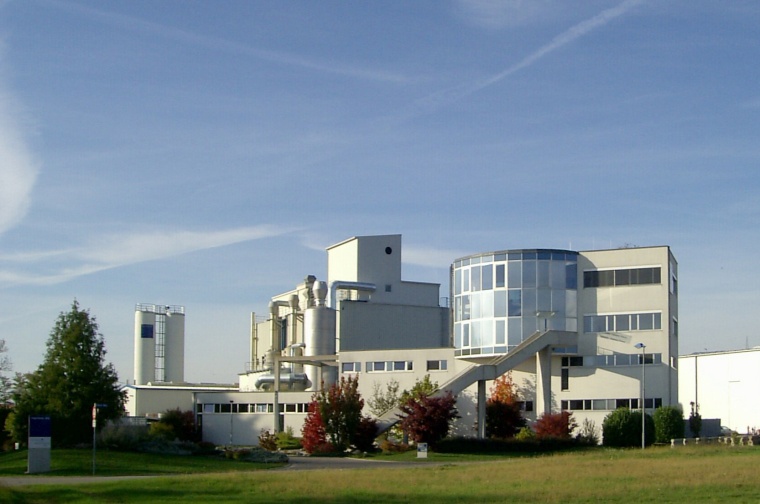Spray Drying and Spray Granulation Made Simple


Inprotec was founded in 1999 at the headquarters in Heitersheim. The company develops and produces tailor-made and customer-specific granulates and powders on fluidized bed spray granulation systems or spray dryers for product quantities from 100 g to many thousands of tons per campaign. The numerous customers come from different sectors of the chemical industry, e.g. detergents and cleaning agents, animal feed, construction chemicals, fine and specialty chemicals.
The contract concept makes it possible to move from the idea to large-scale technical implementation on a 100 t scale in less than 6 months without having to make investments worth millions.
At the two locations, Heitersheim and Genthin, the seven production plants reach a drying capacity of around 100,000 t/Y. Through continuous investments, more than 200 jobs have been created to date.
The extremely uncomplicated and fast available plant technology opens the door for a multitude of processes in the field of drying and particle shaping: thus, several individual components (liquid and/or solid) can be spray dried (spray-drying), spray granulated (spray-granulation) or spray solidified (spray-chilling/ cooling) with this technology in one process step, whereby easily manageable powders or particles can be sprayed. dust-free, free-flowing granules (particle sizes between 20 µm and 5,000 µm) can be produced.
With the help of this technology, powdery, highly dusty or clumping particles can also be transferred via a spray agglomeration (spray-agglomeration) to free-flowing granulates by adding suitable binders, without these losing the advantages of their particle properties.
In the course of the same process step, the (built-up) granules or agglomerates produced can be coated with specific materials by coating and thus protected against external influences (e.g. light, oxidation, moisture) or internal incompatibility with other components of a formulation or a targeted release can be achieved.
Oily, lipophilic systems can also be combined with the fluidized bed process to form solid, free-flowing and stable particles (matrix-encapsulation). Only by targeted release of the internal components (oil-containing droplets or coated solid agents) during the target application (e.g. by dissolution and pH change in a washing liquor), desired effects become visible or perceptible. Best examples are liquid fragrances, flavors or paste-like silicone defoamers, which can be converted into granulates or powders with a load of up to 50 %.
All products are tailor-made and optimally adapted to the specific requirements of the customer's product applications.
Are you interested? Your contact to Inprotec:
Inprotec AG
Neuer Weg 1
79423 Heitersheim
Germany
Tel. +49 (0)7634-5099-0
info@inprotec-ag.de
www.inprotec-ag.de
most read

Pharma 4.0 – the Key Enabler for Successful Digital Transformation in Pharma
Part 1: Building a Business Case for Pharma 4.0

US Tariffs Fatal for European Pharma
Trump's tariff policy is a considerable burden and a break with previous practice.

ECA Foundation Aims to Become Largest Pharma Association for GMP/GDP Compliance
The ECA Foundation, one of the most important not-for-profit organizations for regulatory expertise in the pharmaceutical industry, aims to become the largest independent GMP/GDP organization in the world.

ISPE Good Practice Guide: Validation 4.0
The Validation 4.0 Guide provides a comprehensive approach to ensuring product quality and patient safety throughout a pharmaceutical product's lifecycle.

Relocation of Chemicals Production Footprint in Full Swing
A new Horváth study based on interviews with CxOs of Europe’s top chemical corporations reveals: The majority of board members expects no or only weak growth for the current year.










